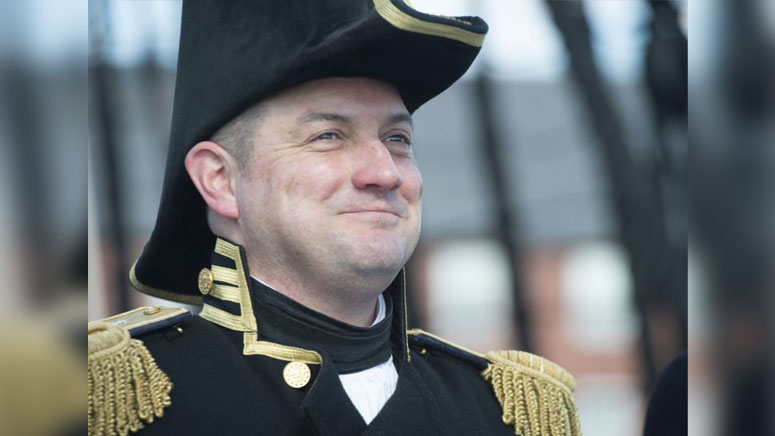
Prior to his current assignment, the colonel was the Commander, Counterspace Analysis Squadron, Wright-Patterson Air Force Base, Ohio. Donald Holloway, the operations group commander, was sacked because of a loss of confidence in his ability to lead. announced that it had fired the officer overseeing its missile squadrons. During his tenure as the Chief of Safety for the 50th Space Wing, he supported Air Forces Central Command as the Liaison Officer to Joint Functional Component Commander for Space. Separately, another of the Air Force’s nuclear missile units the 90th Missile Wing at F.E. Commander, 45th Space Wing, Patrick Air Force Base, Florida, and such agencies as. Col Iven directed foundational intelligence analysis at the National Air and Space Intelligence Center and served as a staff officer for Headquarters Air Force Space Command staff. Air Force missile testing area, Patrick Air Force Base, Fla. He has served in a variety of operational space and missile assignments including Minuteman III Combat Crew, Satellite Operations, and 614th Air Operations Center Combat Operations. The directorate supports command strategic engagements with the Combatant Commands, Cyber Service Components, and Department of Defense agencies.Ĭol Iven entered the Air Force in 1996 as a graduate of the Reserve Officer Training Corps at Cornell University. The directorate is responsible for developing cyberspace operational strategies, campaign plans, and contingency plans. Iven serves as the Director of Strategy, Engagements, and Plans, Joint Force Headquarters – Department of Defense Information Network. Players found it very difficult to look at the panel, figure out what information they needed, then go back to the screen – it was like closing your eyes for a few seconds in the middle of all the mayhem going on.Joint Force Headquarters - Department of Defense Information Networks (JFHQ-DODIN) In this arcade game, you are under threat and use a trackball and a crosshair to fire missiles from three missile defense platforms, targeting and then shooting at incoming projectiles. However, during the field testing, the universal feedback was that it was nothing more than a distraction. Missile Command is a game that lets you feel these things in an intensely immer-sive way. It was an imposing piece of design, that played into the immersive nature of the subject matter.

This large panel was lit with incandescent bulbs and was intended to inform the player of the status of their game at any point. So, a nice idea in theory, and one that creates an interesting backstory, but did players really need it? What did it add to the core of the game? The answer as it turned out, was “not much”.īut perhaps the biggest U-turn, was the removal of the huge attract panel from the prototype version of the game. Theurer himself references this whole idea at the foot of the play area as being a ‘dynamic ecosystem’, where the cities were making the missiles, the railroads were transporting those missiles from the cities to the bases to restock them and so if one of those things got taken out, your ability to defend yourself was severely compromised. But it quickly became clear that having large parts of the display literally disappear as the radar swept across the screen was far from practical.Įarly brainstorming sessions threw up a multitude of other ideas that on paper sounded interesting, but ultimately had to be left out of the final game: The suggestion of players interfacing the game through a radar screen was actually implemented early in development by the two young programmers. The proposal was that this gameplay environment would be represented as a radar display. The initial brief from their boss, Steve Calfee, described a scenario where the player protects bases along the Californian coastline from an onslaught on enemy missiles. Here are a few features originally intended to form part of Missile Command that ultimately ended up on the cutting room floor. Ideas were programmed, tested and then would live or die depending on feedback from colleagues and players. Creating Missile Command was something of a journey. In creating the original coin operated version of Missile Command, its programmers Dave Theurer and Rich Adam would ultimately leave a great deal out of the finished product. As the Guinness world record holder on Missile Command, Tony shares some insight into the challenges faced by Atari when creating this iconic arcade title. Tony Temple is the creator and owner of and author of Missile Commander: A journey to the top of an arcade classic. 25345 COMMANDER 25346 COMMANDERS 25347 COMMANDERS 25348 COMMANDING 25349.


 0 kommentar(er)
0 kommentar(er)
